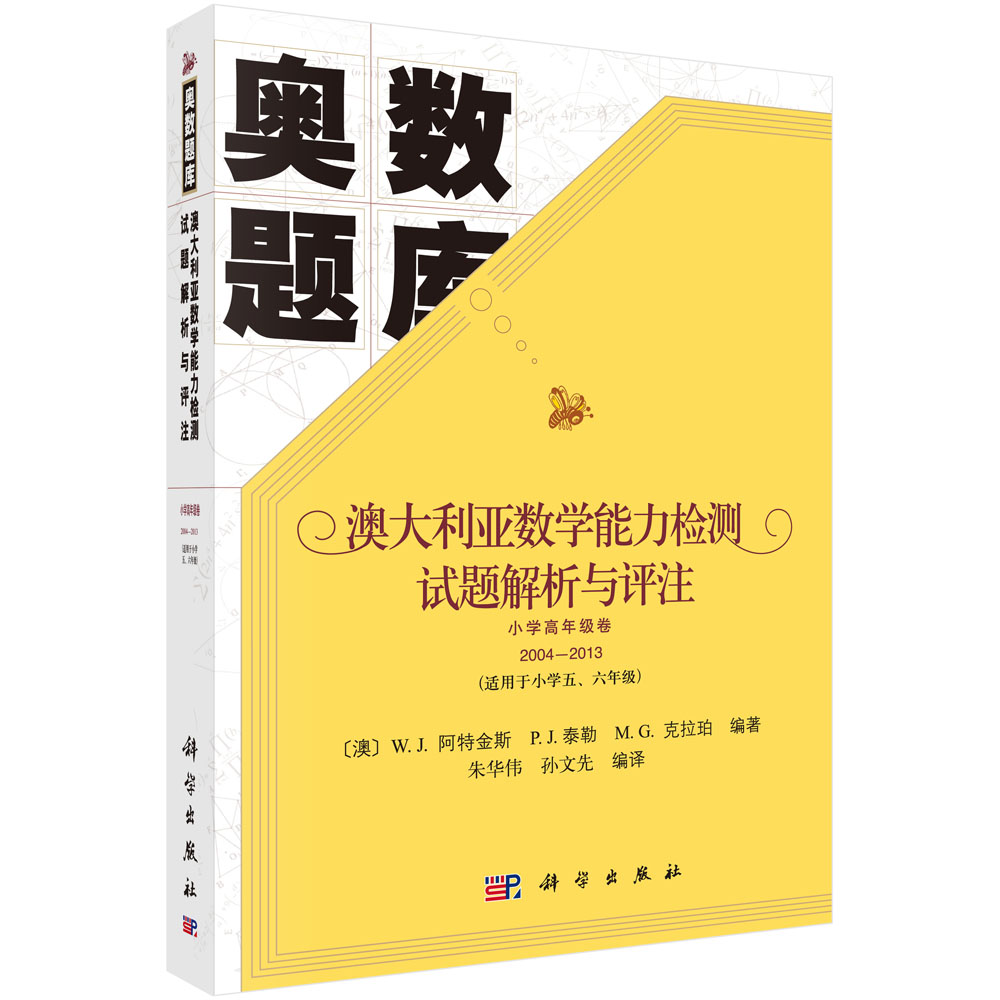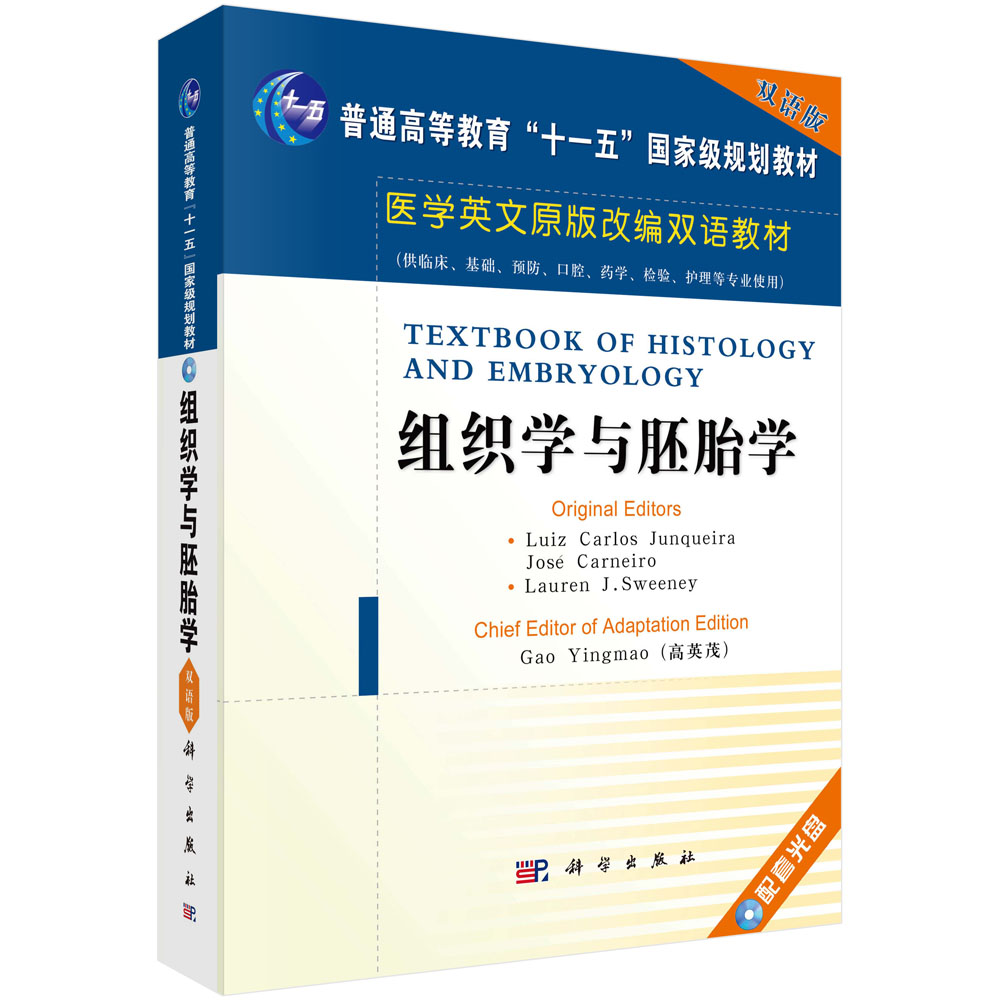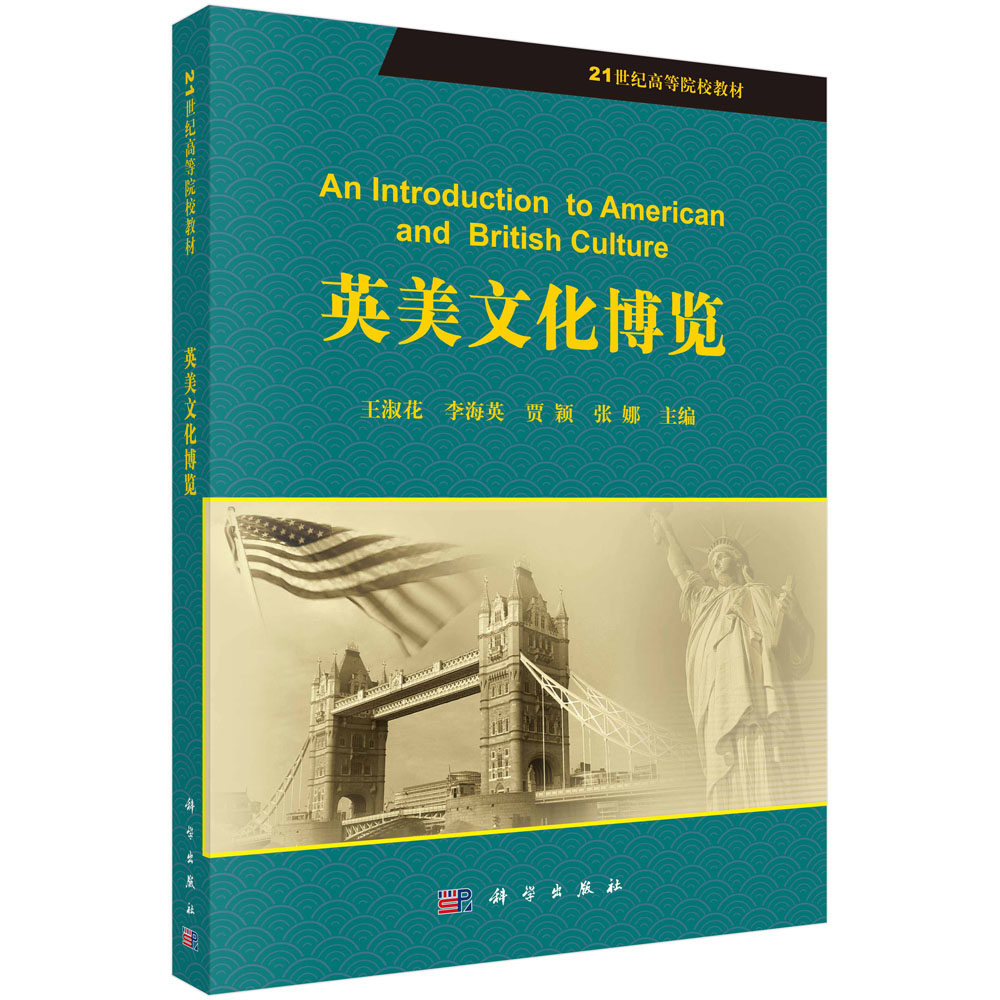全部商品分类






























Ecological rehabilitation is the most effective s仕ategy to remediate bauxite residue on a large scale. To improve this process, soil genesis is considered a key process to support plant establishment. This book systematically introduces the latest research on bauxite residue characteristics, soil genesis, saline-alkali regulation, aggregate formation, environmental risk, including several case studies of ecological rehabilitation on bauxite residue disposal areas. This book will provide scientific reference for the alumina industry and researchers working on the restoration of large-scale bauxite disposal areas and enhance theoretical research on the disposal of1arge industrial solid waste wor1dwide.
样章试读
- 暂时还没有任何用户评论
全部咨询(共0条问答)
- 暂时还没有任何用户咨询内容